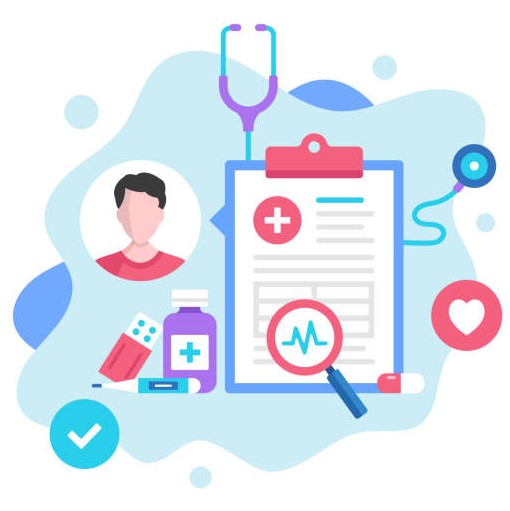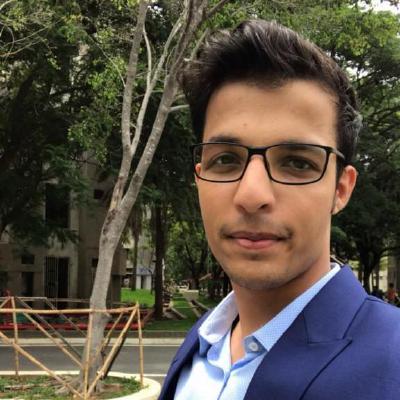Motivation behind creating Medalysis

The ongoing pandemic has completely shaken the world beyond limits leaving a scar that will probably take a lifetime to get over. One of the most impacted sectors that were majorly affected is the medical sector. Going back to when it was first identified in China, one can only imagine what it would have looked like handling the sudden outpour of patients with respiratory disease symptoms, if doctors' point of view was to be considered.
What if, back during those days, the doctor fraternity as a whole would be able to analyze and overview the scale of diseases occurring at large based on categories like organs affected, symptoms, countries, age-range, and gender from any corner of the world? It would help them get a much better picture and work towards identifying the causes of a particular disease.
Considering these issues, we thought of innovating a solution, that would help not only doctors but also data science developers, researchers, scientists, or anyone who wishes to gain insights into the ongoing trends and patterns of illness or disorders prevailing around the world. In this way, they would be able to use this precious data to their own advantage and hopefully work towards the prevention of another possible pandemic.

